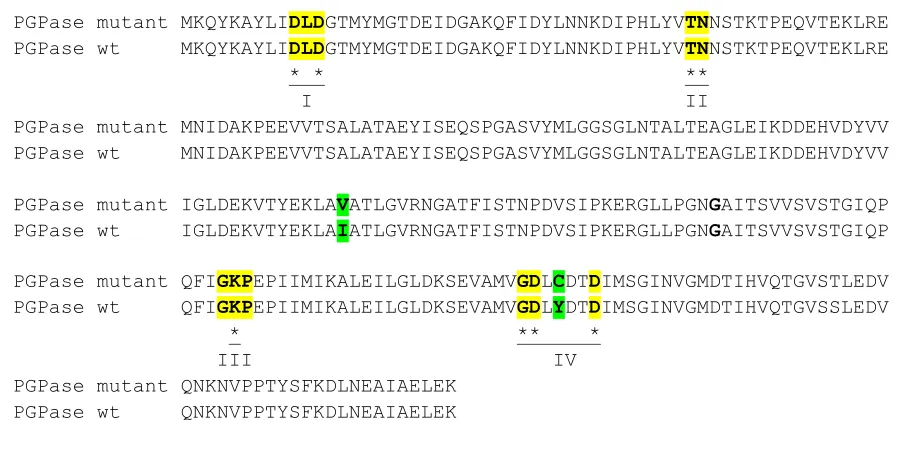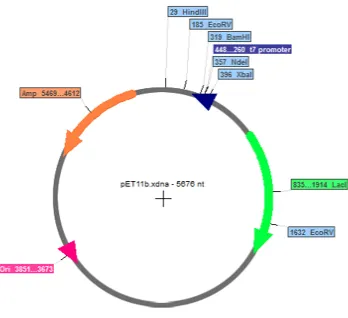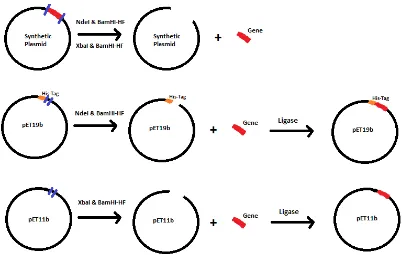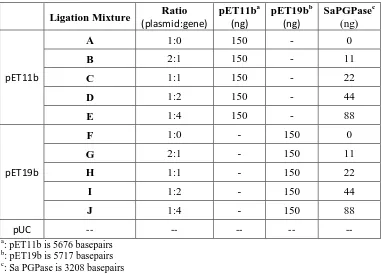Discovery, Cloning, Expression, Purification, and Characterization of Phosphoglycolate Phosphatase from Staphylococcus aureus
Full text
Figure
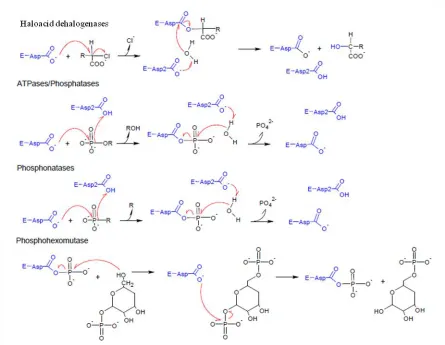

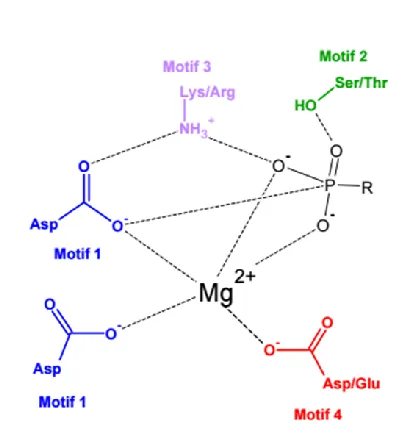
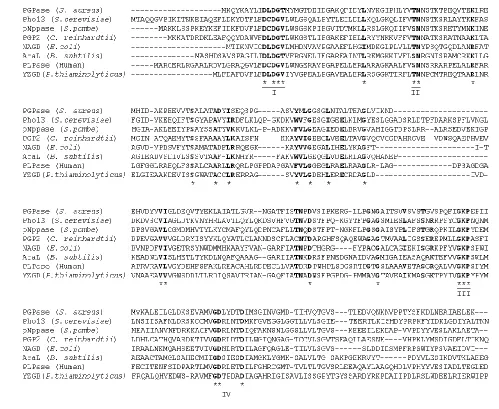
Outline
Related documents
Citation: da Silva VJ, Aguiar-Neto MB, Teixeira DJST, Santos CRM, de Sousa MPA, da Silva TM, Ramos LAR, Bragio Bonaldo A (2019) Harvestmen occurrence database (Arachnida, Opiliones)
Number of architectural performance monitoring events supported in a logical processor.. Software can use CPUID to discover architectural performance monitoring
Adapted or abbreviated versions of Health Literacy Survey (HLS) questionnaire represent the most frequent assessment tools: European Health Literacy Survey
Given that coronary artery disease is the major cause of death in the Western world, we speculated that this protective Ser249Ser TLR-6 genotype would be overrep- resented in an
In this paper we share our experiences in conducting a population based study of chronic diseases in the occupied Palestinian territory and describe the challenges faced, some of
The results were sensitive to: the remission rates maintained in responders to 'usual care' and to 5 mg/kg infliximab, the rate of remission induced by adalimumab in non-responders to
cases clinically regarded as paralytic polio- myelitis but which, on the basis of epi- demiologic and etiologic studies, did not appear to be attributable to

